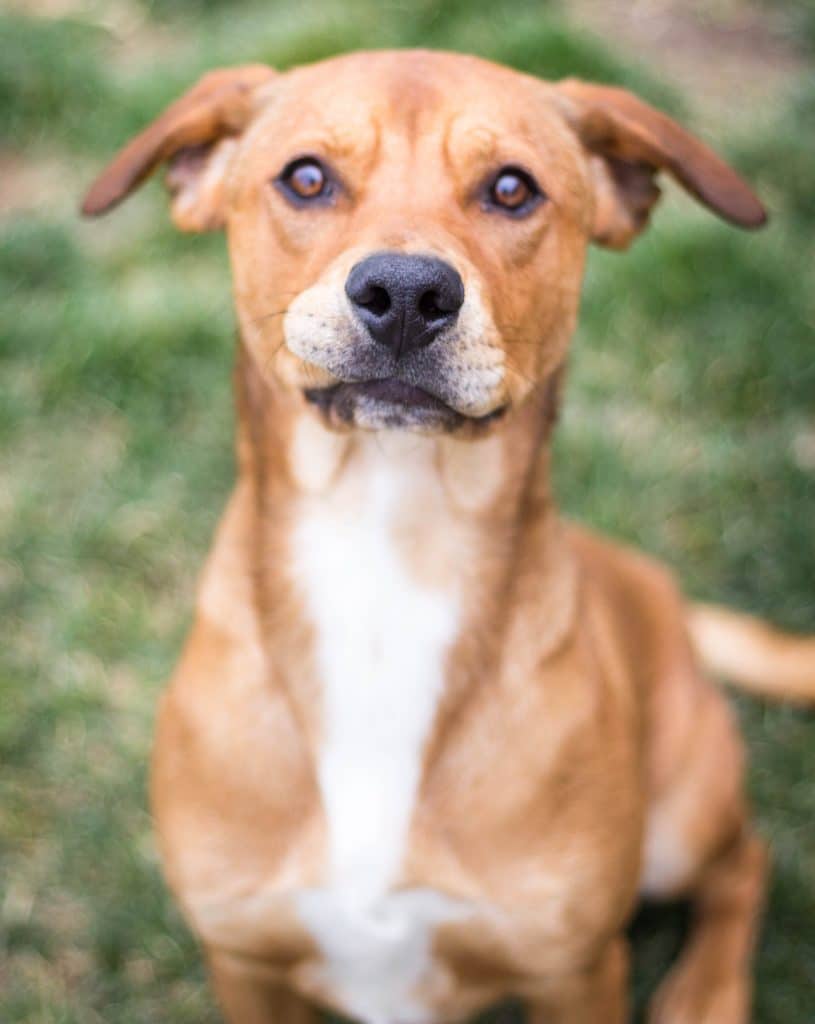Positive Reinforcement Training
West Valley Humane Society is a firm believer in fear-free, force-free, positive reinforcement training. Positive reinforcement training is the positive reward of behavior immediately following the action. This method focuses on telling your pet when they are correct instead of addressing what is incorrect. Positive reinforcement training may also be referred to as “force-free”, “rewards-based”, or part of clicker training.
What is a positive reward?
A reward is anything that is considered high value to your pet. For some pets, this might be a soft, chewy treat as a high reward and a low reward might be a piece of kibble. Rewards could also be toys, affection, play, or verbal praise. The key is to choose something that works for you and your pet and to be adaptable.
With positive reinforcement you should use a hierarchy of incentives:
- Low-Value Treats: their own food kibble, veggies, dry treats, etc.- For use in environments with little distraction like in your own home/ predictable environments.
- Medium-Value: soft treats, something not given as often, on the stinky side – For use in environments that are medium risk like going for a walk, being in your yard.
- High-Value Treats: chewy soft treats, stinky food, meats, peanut butter, hotdogs- For use in higher risk areas like hiking or in dog parks.

How Does it Work?
Using a positive reinforcement teaching style uses your dog’s brain through only rewarding positive behavior which establishes routine, rituals, and actions that are not incompatible with poor behavior. Using positive reinforcement can reduce stress, fear, and frustration while teaching good manners and skills. Every good behavior you reward and nurture can change their thought process in the future to lean towards the action they know will have a reward versus an action they know will not.
How to use positive reinforcement to change bad behavior
Using reinforcement to counter-condition bad behavior can be a fun and exciting strategy for both your pet and yourself! The first step is always to find out the source of the behavior, from there it is to give your pet the ability to learn a different reaction to that behavior. Consulting with a fear-free, positive reinforcement trainer in your area is always recommended as they can help you with strategies and different methods.
An example of positive counter conditioning is:
Your dog guards your home or has a severe reaction when someone rings the doorbell or knocks on the door. Rather than punish the behavior, condition the action to be something positive.
- First, teach your dog a simple command like “place” where they go to a designated spot in the room and get rewarded for their action.
- Then, add in a knocking noise from inside the room. When the knock occurs ask them to place and give a bigger reward for the positive response.
- Take away the predictability of the knock and do it while not engaged in a training moment. Reward for positive behavior.
- Have a friend knock on the door from the outside of the house and reward when your dog responds to the place command.
- Keep a treat bag by the door in a safe place and have it ready for any unexpected visitors where you can reward your dog for a good “place” command after the response of a knock or doorbell.